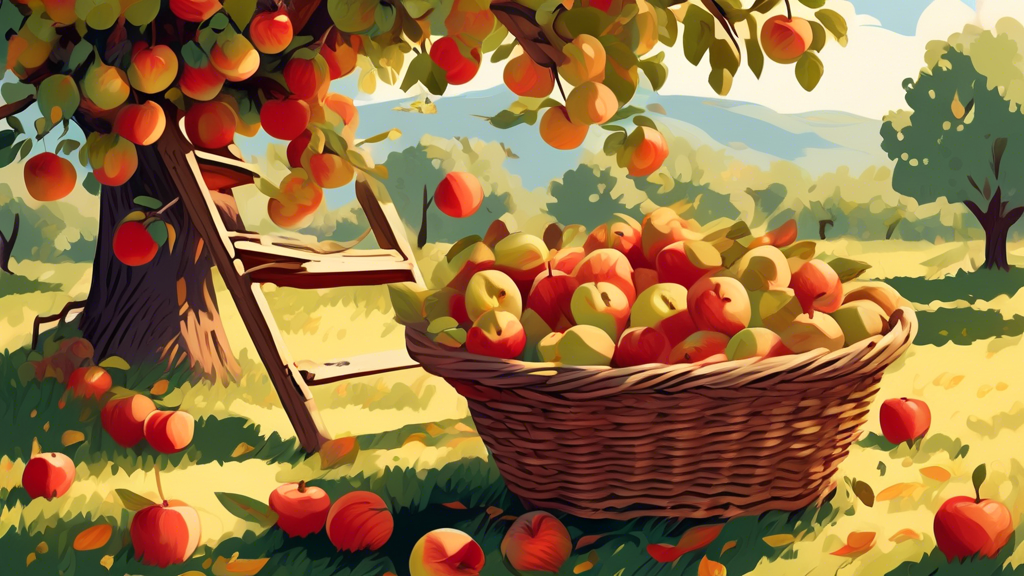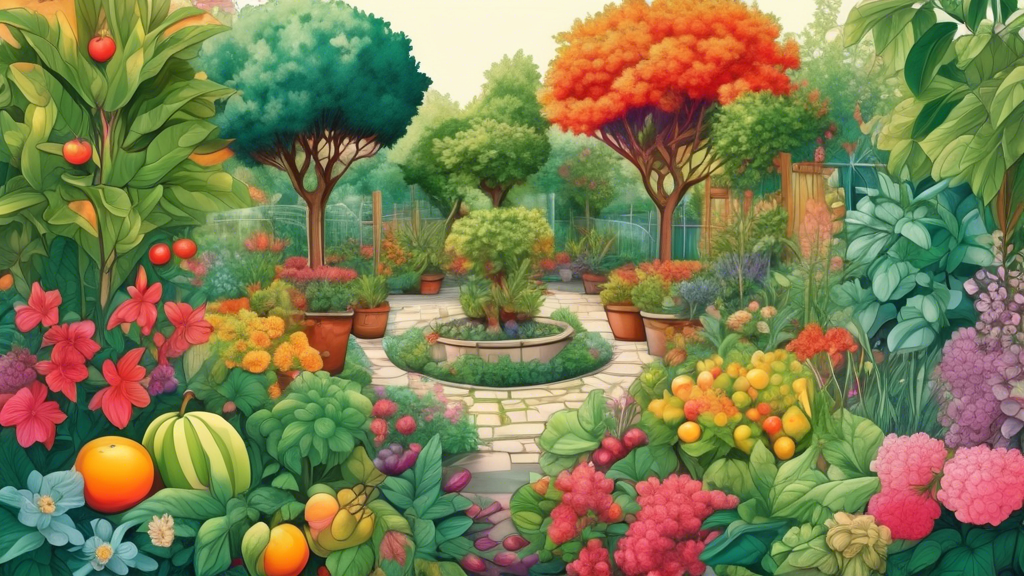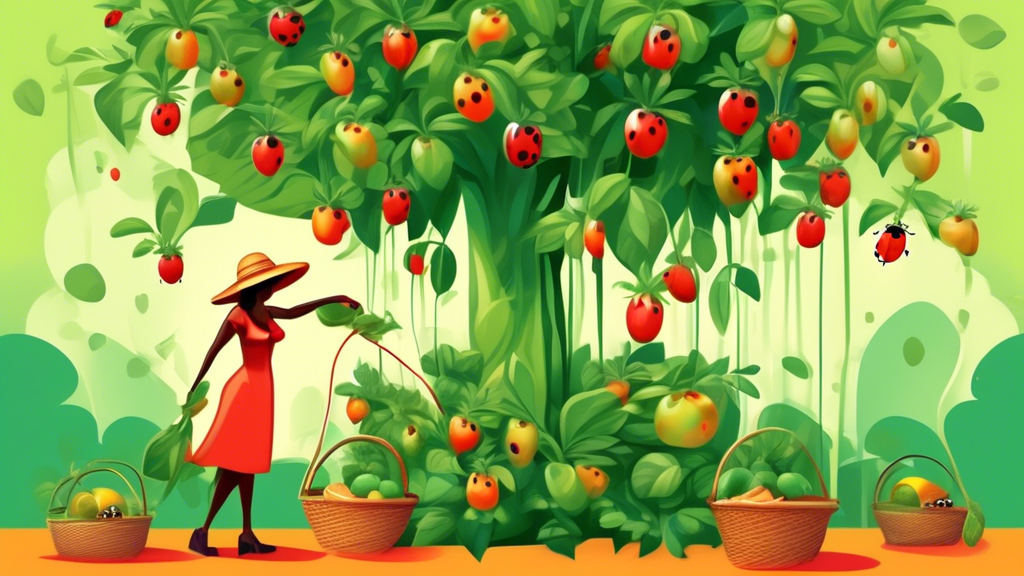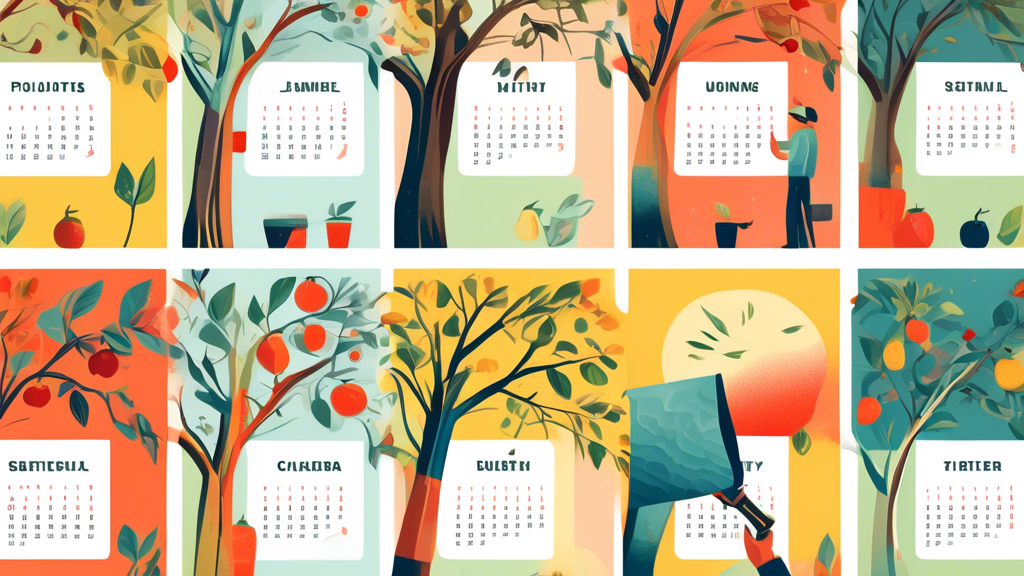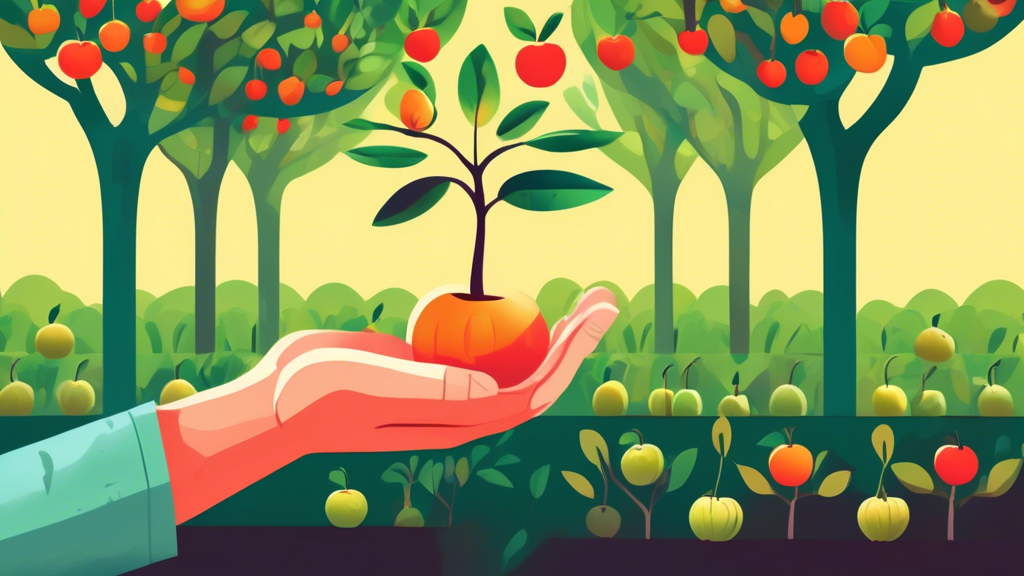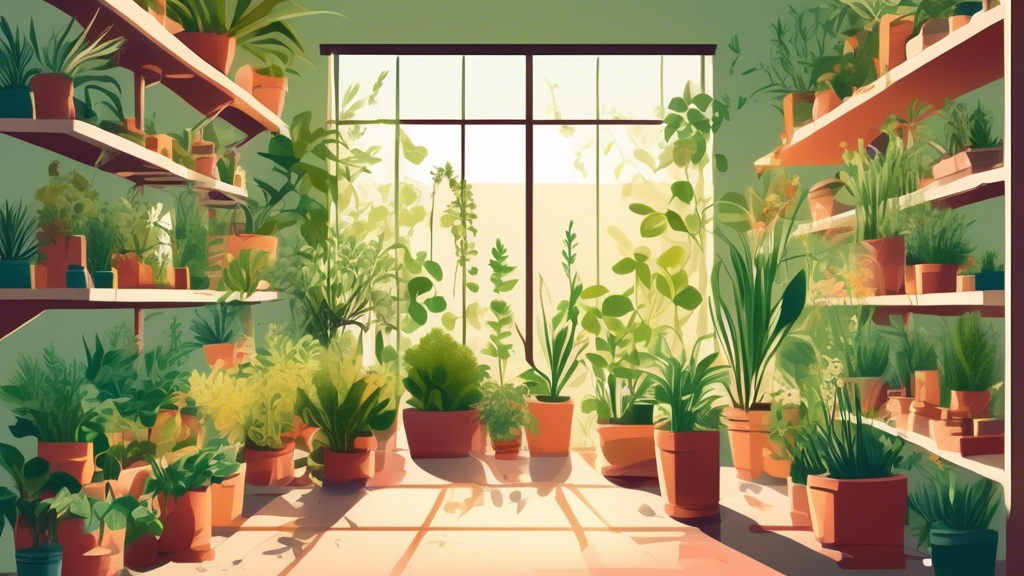
Why Your Herb Garden Fails in Winter (And How to Fix It)
Common Challenges for Seasonal Gardeners
- The “Spring-Only” Mindset: Planting everything at once and expecting year-long results.
- Ignoring Plant Hardiness: Not knowing which herbs are tender vs. hardy.
- Light Deprivation: Failing to compensate for shorter days and weaker winter sun.
- Temperature Shock: Moving plants abruptly between indoors and outdoors.
The Core Principle: Succession Planting for Herbs
Explain that a year-round garden isn’t static; it’s a rotating cycle of planting, harvesting, and replacing. This is the foundational concept for learning how to create a year-round herb garden.
Your Seasonal Planting Guide: What to Plant When
Spring (The Season of Awakening)
- Direct Sow Outdoors: Cilantro, Dill, Parsley, Chervil
- Start Indoors/Transplant: Basil, Mint, Lemon Balm
- Action Plan: Prepare garden beds, divide perennial herbs like chives, and harden off seedlings.
Summer (The Season of Abundance)
- Direct Sow for Fall: Another round of Cilantro, Dill
- Focus on Heat-Lovers: Basil, Oregano, Marjoram, Thyme, Rosemary
- Action Plan: Regular harvesting to encourage growth, consistent watering, and pinching off flowers (bolting) on basil and cilantro.
Fall (The Season of Preparation)
- Sow Cold-Hardy Herbs: Parsley, Cilantro, Chervil (they will establish before winter).
- Transplant Perennials: Divide and replant chives, mint, and thyme.
- Action Plan: Begin moving tender perennials (like rosemary) to sheltered locations or prepare to bring them indoors.
Winter (The Season of Indoor Harvests)
- Outdoor (Mild Climates/Protected): Established Parsley, Thyme, Sage, Rosemary (with cover).
- Indoor Focus: Chives, Mint, Basil, Bay Laurel, and small pots of Parsley on a sunny windowsill.
- Action Plan: Set up indoor grow lights, reduce watering, and protect outdoor herbs with cloches or cold frames.
Tender vs. Hardy Herbs: Know the Difference
The “Tender” Herbs (Annuals & Soft Perennials)
- Examples: Basil, Cilantro, Dill, Lemon Verbena.
- Key Trait: Cannot survive frost. These are the ones you’ll need to replant or bring indoors.
- Best For: Summer harvests and indoor winter gardens.
The “Hardy” Herbs (Woody & Hardy Perennials)
- Examples: Thyme, Sage, Oregano, Rosemary, Lavender, Mint.
- Key Trait: Can survive winter cold and return in spring. Often evergreen.
- Best For: Providing structure and year-round (outdoor) harvests in mild climates.
| Herb Type | Examples | Cold Tolerance | Primary Season |
|---|---|---|---|
| Tender (Annual) | Basil, Cilantro, Dill | Frost-sensitive | Spring/Summer |
| Hardy Perennial | Thyme, Sage, Oregano, Mint | Frost-tolerant | Year-Round (with protection) |
| Half-Hardy Perennial | Rosemary, Lavender | Moderate frost tolerance | Year-Round (in mild climates) |
Unique Strategy: The “Cut-and-Come-Again” Windowsill Garden
The Unique Insight: Most guides don’t mention that you can create a perpetual “salad bar” of herbs indoors using a method popularized by microgreen growers.
- How it Works: Plant shallow, dense trays of fast-growing herbs like cilantro, parsley, and dill. Instead of harvesting the whole plant, simply “haircut” the tops with scissors. They will regrow 2-3 times before needing to be reseeded.
- Why it’s a Game-Changer: This provides a constant, ultra-fresh supply of tender herbs right in your kitchen during the lean winter months, perfectly complementing your year-round herb garden.
Year-Round Herb Garden FAQ
Can I really grow herbs year-round in a cold climate?
Answer: Absolutely. The key is a two-pronged approach: selecting and protecting hardy perennial herbs outdoors and moving tender herbs indoors under grow lights or in a sunny window.
What is the easiest herb to grow all year?
Answer: Mint and Chives are incredibly resilient. They survive winters in most zones and can be easily potted and brought inside to continue growing on a windowsill.
How often should I water my indoor winter herbs?
Answer: Less frequently than in summer. Let the top inch of soil dry out between waterings. Overwatering is the #1 killer of indoor herbs in winter due to slower growth and evaporation.
Do I need a grow light for my indoor herbs?
Answer: For robust growth from December to February, yes. A south-facing window can work, but a simple, inexpensive LED grow light will ensure your herbs don’t become “leggy” and weak while reaching for the sun.
| Herb | Best Indoor Location | Watering Frequency (Winter) | Special Notes |
|---|---|---|---|
| Basil | South-facing window or under grow light | When top soil is dry | Very sensitive to cold drafts |
| Mint | East or West-facing window | Keep soil slightly moist | Fast grower; prune regularly |
| Rosemary | South-facing window | Let soil dry completely between waterings | Prefers cooler indoor temperatures |
| Parsley | East or South-facing window | Keep consistently moist | Excellent for “cut-and-come-again” method |
Conclusion: Reiterate that mastering how to create a year-round herb garden is about embracing the changing seasons, not fighting them. By following this seasonal planting guide and incorporating the unique indoor “cut-and-come-again” method, you can enjoy the unparalleled flavor and satisfaction of homegrown herbs every single day of the year.
